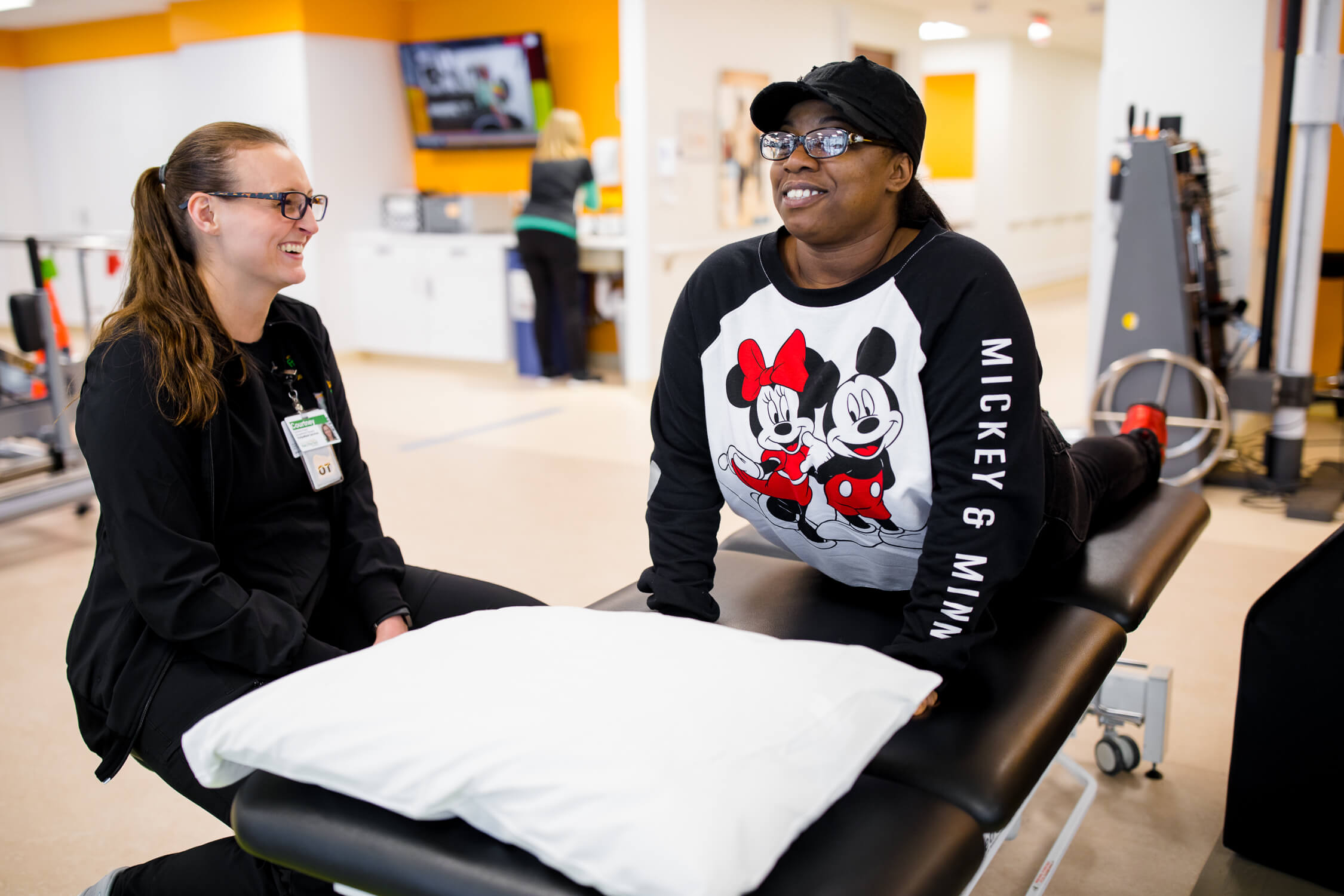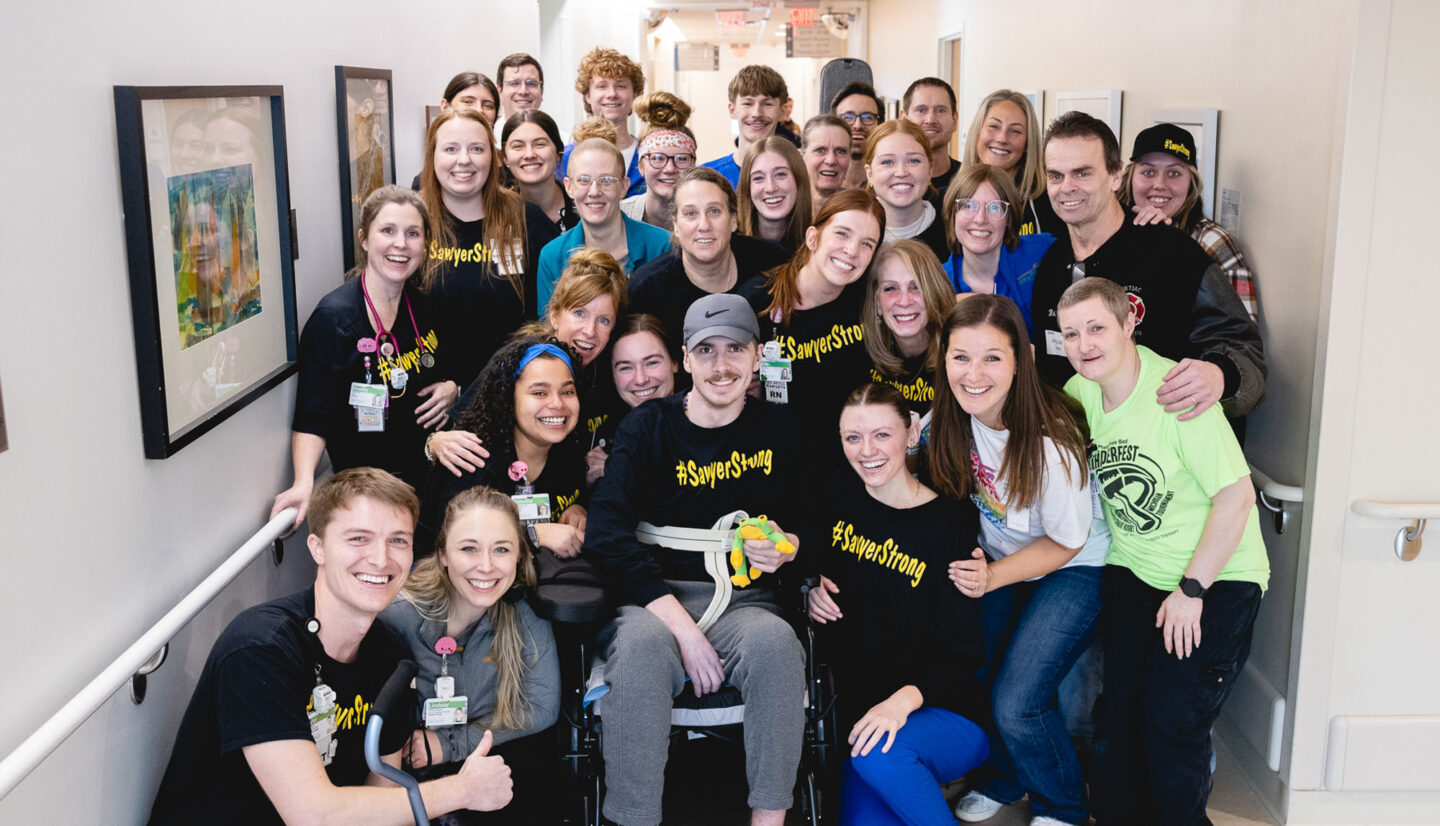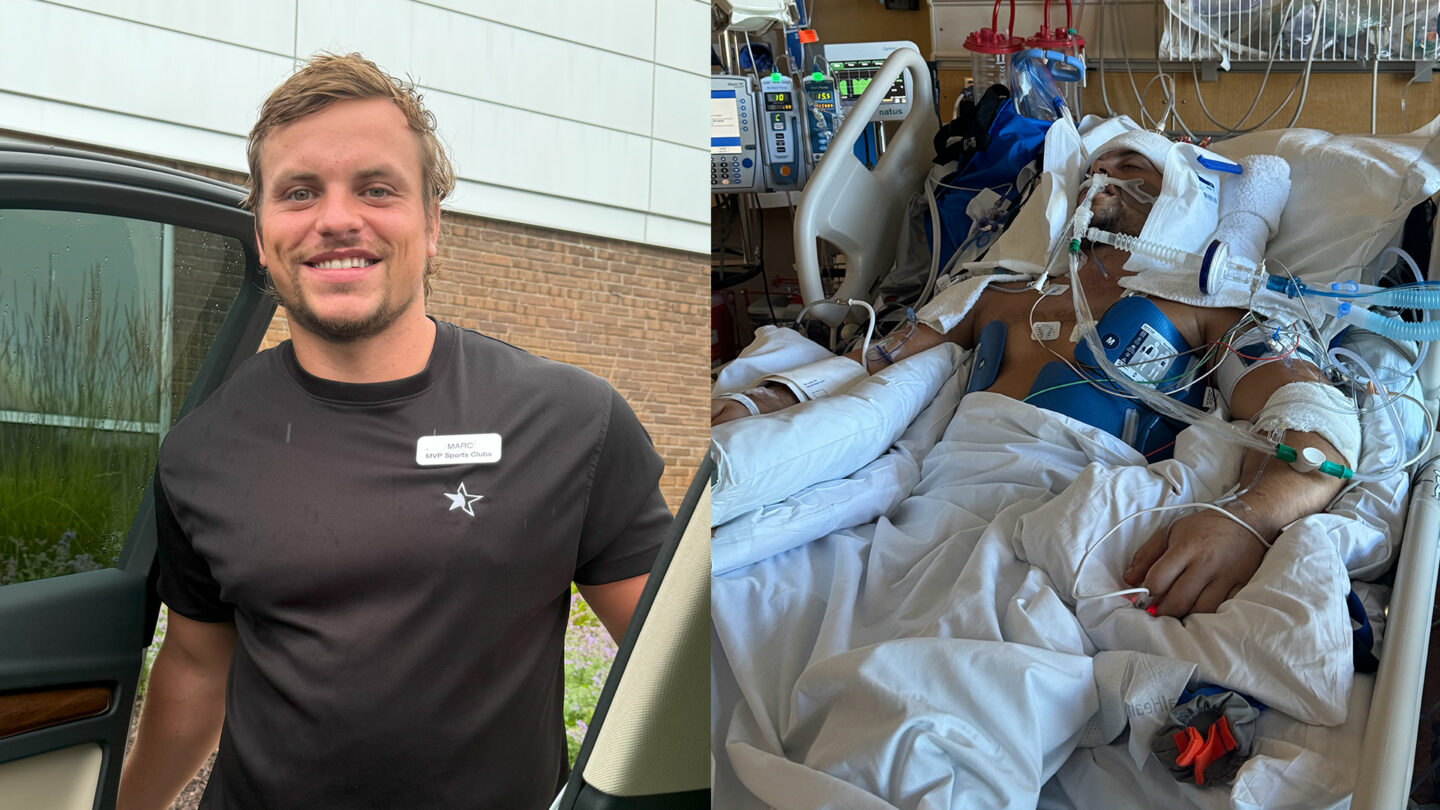Posted on March 18, 2019
Pain management techniques help with flare ups
 Guest blog: Courtney Husen is an occupational therapist in Mary Free Bed’s Pain Rehabilitation Program. As a member of the program’s team of experts, she works with patients to reduce their chronic pain and improve their ability to function. In this blog, Courtney offers strategies to ease painful flare ups.
Guest blog: Courtney Husen is an occupational therapist in Mary Free Bed’s Pain Rehabilitation Program. As a member of the program’s team of experts, she works with patients to reduce their chronic pain and improve their ability to function. In this blog, Courtney offers strategies to ease painful flare ups.
Chronic pain can impact our daily activities, from self-care to completing household tasks and work responsibilities to child care. Some patients with chronic pain may experience flare ups that come on suddenly and can be worrisome.
The occupational therapists in Mary Free Bed’s Pain Rehabilitation Program work with patients to learn what activities they do on a daily basis. We promote independence and improve tolerance for activities by providing flare up management techniques.
How does a flare up occur?
There is a concept known as the boom-bust cycle of activity. When we feel better, we tend to do more. Sometimes we do too much, and flare ups of pain occur. By learning to manage these symptoms, we decrease the pain and can get back to performing our daily activities.
What can I do during a flare up?
- Relax: First, do not panic! The use of relaxation techniques, such as deep breathing, squeezing muscles and releasing them (also known as progressive muscle relaxation), meditation or mindfulness is imperative to managing flare ups. Our response to pain is linked to stress. When we worry about our pain, it may increase. Our body recognizes stress, so a fight or flight response is triggered by physical and emotional stress.
- Stretch: Performing gentle stretches and moving painful muscles can reduce spasms and decrease overall tightness. Stretching before increasing activity may prevent a flare up. We teach appropriate stretches as part of our Pain Rehabilitation Program to help with pain management.
- Aerobic activity/Exercise: Activities such as walking, stretching or aerobic activity are great pain management tools. Exercise helps with circulation and releases endorphins/pain-controlling substances that help with our overall pain response. Maintaining an exercise regimen is important even on flare up days to maintain strength and endurance.
- Body mechanics: Upright posture and proper alignment help to prevent unnecessary strain on certain areas of the spine. In occupational therapy, we look at everyday activities and try to decrease exposure to bending or twisting. This helps to keep the spine neutral and decrease stress. Another bonus: Did you realize that using upright posture and appropriate body mechanics takes less energy? This also is a technique that we can use to fight fatigue throughout the day.
- Pacing: We love to go from Point A to Point B as quickly as we can, but pacing ourselves is important for overall pain management. This includes taking rest breaks, stretching between activities, changing posture frequently and alternating between heavy and light activities. It’s important to find the right balance — gradually increase activity without going too far. Typically, if you start to feel pain during an activity, stop, rest, stretch and then return to the activity if you are feeling better.
These pain management techniques should be used every day to decrease the chance for a flare up so you can continue to perform activities that are meaningful to you.
For more information about the Mary Free Bed Pain Rehabilitation Program, call 616.840.8684. The program also is available in Holland and Kalamazoo.





